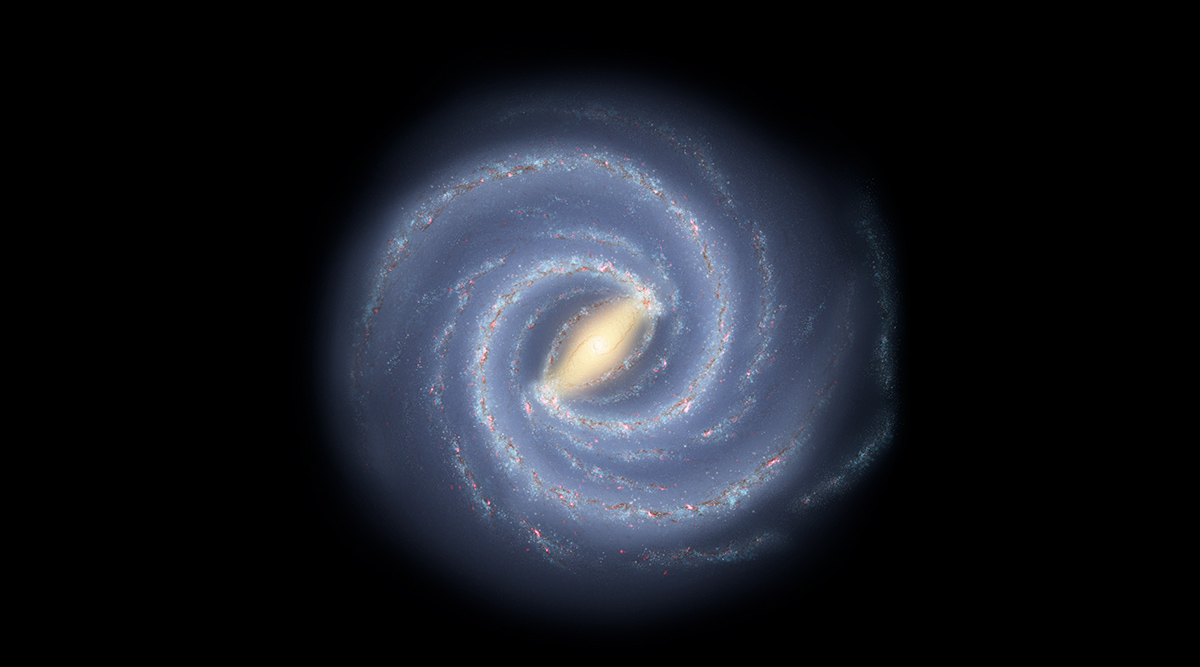Researchers have discovered the fastest known star, which travels around a black hole and reaches speeds of around 8,000 kilometres per second. The star, named S4716, orbits Sagittarius A*, the supermassive black hole at the centre of the Milky Way Galaxy. It comes as close to 100 astronomical units (AU) to the black hole. One AU is 149,597,870 kilometres, but 100 AUs is a very small distance in this context.
The study documenting the star, led by researchers from the University of Cologne and Masaryk University in the Czech Republic, has been published in The Astrophysical Journal. Near the black hole at the centre of our galaxy is a densely packed cluster of stars called the S cluster. S cluster has hundreds of stars, moving particularly fast and S4716 is part of it.
“One prominent member, S2, behaves like a large person sitting in front of you in a movie theatre: it blocks your view of what’s important. The view into the centre of our galaxy is therefore often obscured by S2. However, in brief moments we can observe the surroundings of the central black hole,” Florian Peissker, lead author of the study, said in a press statement, according to Phys.org.
The scientists used observations over a period of twenty years to identify S2. “For a star to be in a stable orbit so close and fast in the vicinity of a supermassive black hole was completely unexpected and marks the limit that can be observed with traditional telescopes,” added Peissker.
According to Michael Zajaček, an astrophysicist at Masaryk University involved in the study, the short-period compact orbit of S4716 is especially puzzling. “Stars cannot form so easily near the black hole. S4716 had to move inwards, for example by approaching other stars and objects in the S cluster, which caused its orbit to shrink significantly,” Zajaček was quoted as saying in the press statement.
The new discovery sheds new light on the origin and evolution of fast-moving stars in the heart of the Milky Way galaxy, which hosts our solar system.
!function(f,b,e,v,n,t,s)
{if(f.fbq)return;n=f.fbq=function(){n.callMethod?
n.callMethod.apply(n,arguments):n.queue.push(arguments)};
if(!f._fbq)f._fbq=n;n.push=n;n.loaded=!0;n.version=’2.0′;
n.queue=[];t=b.createElement(e);t.async=!0;
t.src=v;s=b.getElementsByTagName(e)[0];
s.parentNode.insertBefore(t,s)}(window, document,’script’,
‘https://connect.facebook.net/en_US/fbevents.js’);
fbq(‘init’, ‘444470064056909’);
fbq(‘track’, ‘PageView’);








